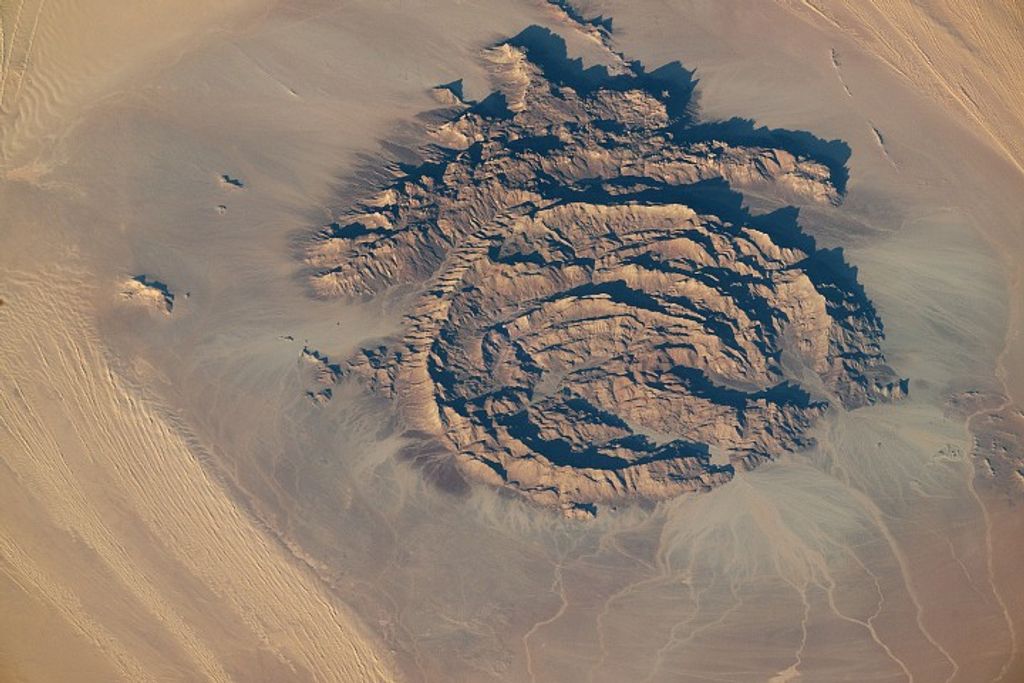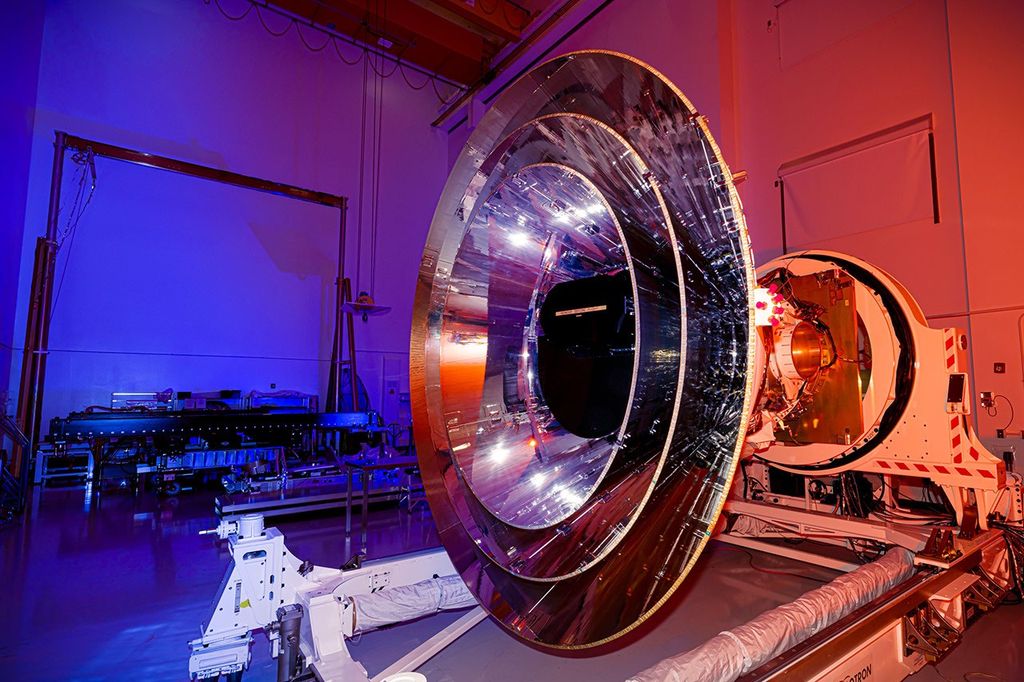We’re all familiar with vehicles that move by using wind, solar energy, gas, or electricity. But occasionally, vehicles are able to use the most efficient and powerful force of all. Gravity.
Gravity’s pull is being used to help propel a small spacecraft known as OSIRIS-REx to a near-Earth asteroid called Bennu. The mission? Bring back at least a couple ounces of the asteroid so scientists can explore how planets formed and life began.
Gravity is the key to getting this spacecraft to Bennu. For decades, astronomers observed how a planet’s gravity could move large objects, like comets, out of their orbit.
Then, in 1974, NASA’s Mariner 10 became the first spacecraft to employ the slingshot effect, also known as a gravity assist, to reach another planet. The gravity of Venus was used to help Mariner 10 reach Mercury. Now, NASA scientists and engineers are using Earth’s gravity to slingshot OSIRIS-REx on to Bennu, a relatively small asteroid about the height of the Empire State Building.
There are a number of benefits to using gravity to propel OSIRIS-REx to Bennu.
Mike Moreau, the OSIRIS-REx Flight Dynamics Manager at NASA’s Goddard Space Flight Center in Greenbelt, Maryland says, “Using the Earth Gravity Assist opens up trajectory options that use less fuel. In this case, the Earth flyby is changing the plane of OSIRIS-REx’s orbit by approximately 6 degrees, which will align the spacecraft with the orbit of Bennu.”
Jeff Grossman, OSIRIS-REx Program Scientist at NASA Headquarters in Washington, DC, adds, “The spacecraft’s long path to Bennu, including the Earth Gravity Assist, was carefully chosen to allow it to reach the asteroid, conduct all of the necessary rendezvous maneuvers, and get back to Earth within the amount of fuel the spacecraft can carry onboard.”
As the spacecraft approaches Earth, it will receive an increasing gravitational tug from our planet. It will essentially steal some momentum from the planet and in the process, change its speed and direction.
In the months leading up to the gravity assist, the spacecraft’s thrusters were fired on two different occasions to adjust the precise target and time of the flyby. The flyby was designed to make the precise velocity change needed to arrive at Bennu in the fall of 2018.
Moreau notes, “OSIRIS-REx will fly by the Earth at an altitude of 10,700 miles (17,200 km) and will be traveling too fast to be completely captured by Earth’s gravity.”
So how much kick does Earth’s gravity add to the spacecraft? 8,500 miles an hour, without having to burn any fuel. Now that’s the ultimate ride.
For more eye-opening news sure to pull you in, visit science.nasa.gov.




































